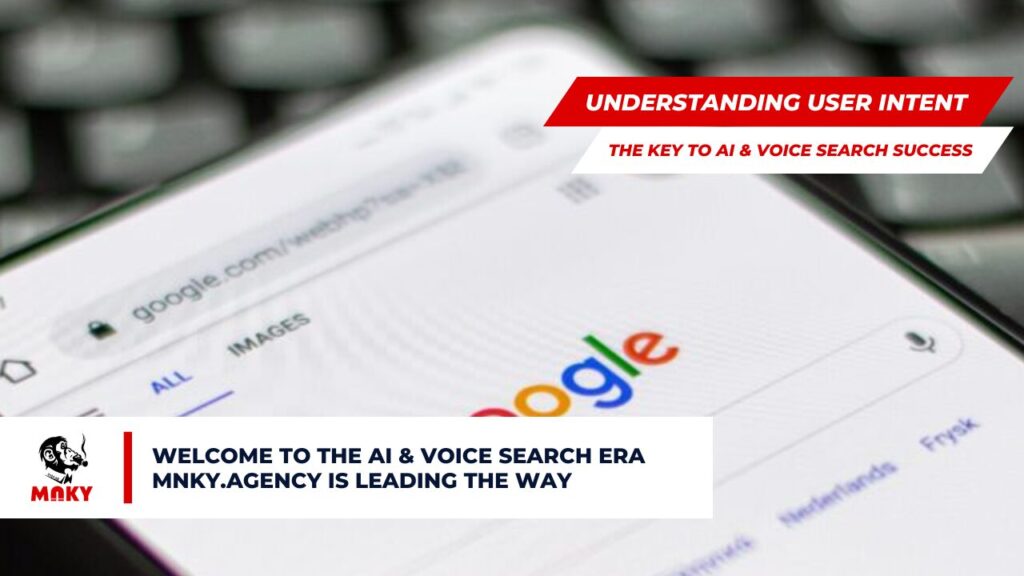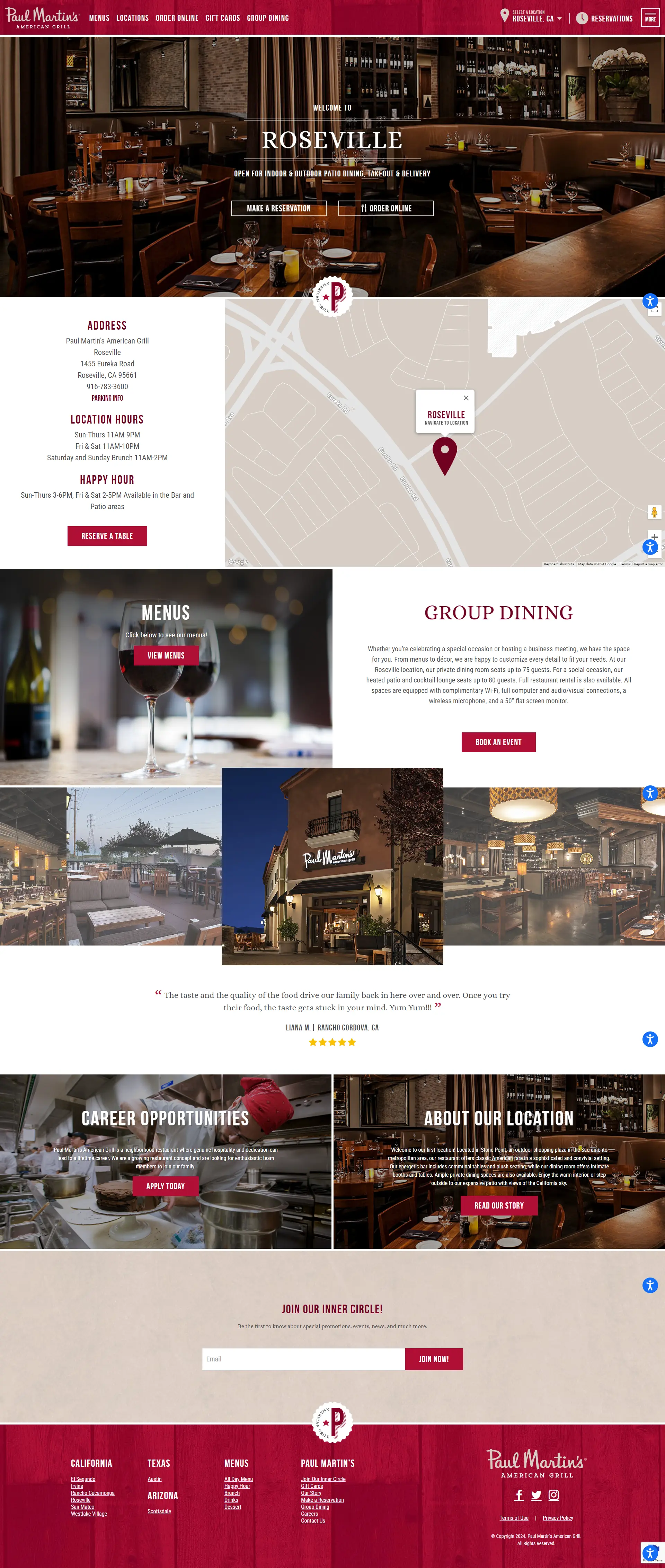
Introduction to Understanding User Intent
In the realm of AI & Voice search, keywords alone are no longer the holy grail. Search engines and voice assistants have evolved to prioritize understanding the intent behind user queries. At MNKY.agency, we recognize that deciphering and catering to user intent is the cornerstone of successful AI & Voice Search Optimization.
Beyond Keywords: The Shift Towards Intent
Traditional SEO has long relied on optimizing for specific keywords. However, AI-powered search engines and voice assistants go beyond simple keyword matching. They analyze the context, phrasing, and even the user’s past behavior to determine the true intent behind a query.
For example, someone searching for “best real estate agent in Roseville” might be looking for:
- A list of top-rated agents in the area
- An agent specializing in a specific type of property (e.g., luxury homes)
- An agent with experience in a particular neighborhood
- Answers to questions about the selling process
Understanding these nuances is crucial for ensuring your business appears as the relevant answer when users ask their AI assistants or voice-enabled devices.
How to Identify and Cater to User Intent
- Keyword Research 2.0: Go beyond traditional keyword research tools. Analyze search queries, pay attention to long-tail keywords and question-based searches, and use tools that provide insights into search intent.
- Create Content that Answers Questions: Anticipate the questions your target audience is asking and create content that provides clear, comprehensive answers. FAQs, blog posts, and guides are excellent formats for addressing user intent.
- Optimize for Featured Snippets and Voice Answers: Featured snippets and voice answers are often triggered by question-based queries. Structure your content to provide concise, direct answers that can be easily featured by search engines and voice assistants.
- Leverage Schema Markup: Schema markup helps search engines understand the context and meaning of your content. By implementing schema, you can provide additional information about your business, products, or services, making it easier for AI and voice assistants to connect your content with relevant queries.
- Monitor and Adapt: Search behavior and user intent are constantly evolving. Regularly monitor your search performance, analyze user interactions, and adapt your content strategy to stay ahead of the curve.
The MNKY.agency Approach
At MNKY.agency, we’re experts at deciphering user intent and crafting optimization strategies that deliver results. We use a combination of cutting-edge tools, industry expertise, and data-driven insights to ensure your business is the answer users are looking for.
Conclusion
Understanding user intent is no longer optional in the AI & Voice search landscape. It’s the key to unlocking the full potential of these powerful platforms and connecting with your target audience in a meaningful way.
Call to Action:
Ready to harness the power of user intent? Contact MNKY.agency today for a free consultation and discover how we can help you dominate the AI & Voice search landscape.














